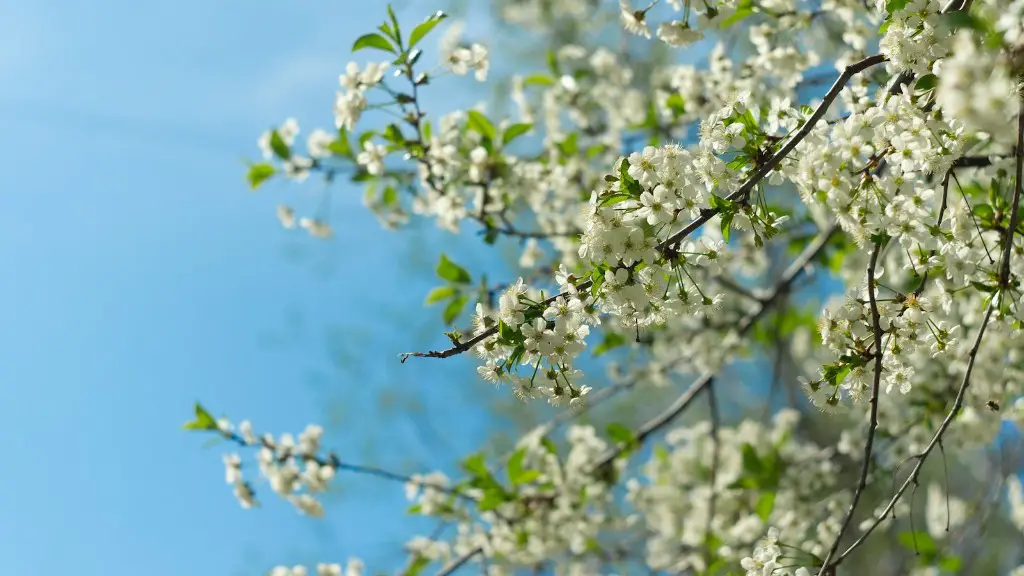A bare root apple tree is a type of tree in which the root and branches take on an unusual form. The roots are left exposed and unburied, rather than being planted with soil and dirt as is typical withnursery trees. Bare root apple trees offer a number of benefits as they are easy to transport and move between locations, and they often require less maintenance after initial planting. For those looking to buy a bare root apple tree, there are some key considerations to take into account.
Advantages of Bare Root Apple Trees
Bare root apple trees’ main advantage is their cost. Apple trees grown in nurseries have to have their roots grown in pots and then transferred to a permanent planting site. This increases costs and often adds an extra step and time to an already lengthy process. Additionally, bare root apple trees are often hardier than those grown in nurseries. This is due to the fact that they have all of their root system exposed to the elements, making it easier to adjust to different climate conditions and soils. Furthermore, some varieties of apples can only be grown as bare root trees as they will not take root in containers.
Choosing a Variety of Bare Root Apple Tree
Bare root apple trees come in a wide range of varieties, from sweet varieties to tart ones. It is important to consider the preferences of the trees owner when choosing a variety. Some trees may require particular climates and soil conditions in order for them to thrive, so it pays to do a bit of research before buying. Additionally, some trees are also self-fertile, meaning they can support themselves and do not need a partner in order to bear fruit, while other trees need a nearby companion in order to produce fruit.
Preparing to Plant a Bare Root Apple Tree
Bare root trees should be planted as soon as possible after they are purchased. If the tree is to be held for more than 24 hours, its roots should be sealed in a plastic bag and left in a cool environment. Additionally, new owners should ensure they have pre-prepared their planting site before buying the tree. This should encompass enriching the soil with composted materials, as well as measuring and preparing the hole where the tree will eventually be placed.
Planting a Bare Root Apple Tree
When it comes to planting a bare root apple tree, it is important to prepare the soil accordingly. The soil should be neither too wet nor too dry; if the soil is too wet, it should be allowed to drain for a few hours before proceeding. Afterwards, the roots should be spread and buried only to the depth at which they were previously growing. Finally, the tree should be watered immediately and thereafter regularly until the tree is settled in.
Caring for a Bare Root Apple Tree
Once the tree has been planted, it is important to ensure it is kept well-watered in its first year, as this will help it grow roots and foliage. Additionally, it is important to prune the tree often and remove any dead or diseased parts, as this will help it stay healthy. A mulch should also be applied to the base of the tree, as this will help keep it insulated and prevent water from evaporating.
Fertilizing a Bare Root Apple Tree
Fertilizing should be done every couple of months when the tree is new, then once a year when the tree is older. Organic fertilizers, such as compost, are best, though there are also many commercially available options. Additionally, those who have planted their tree in a pot should remember to repot it every couple of seasons, as it will need a fresh supply of nutrients to stay healthy.

